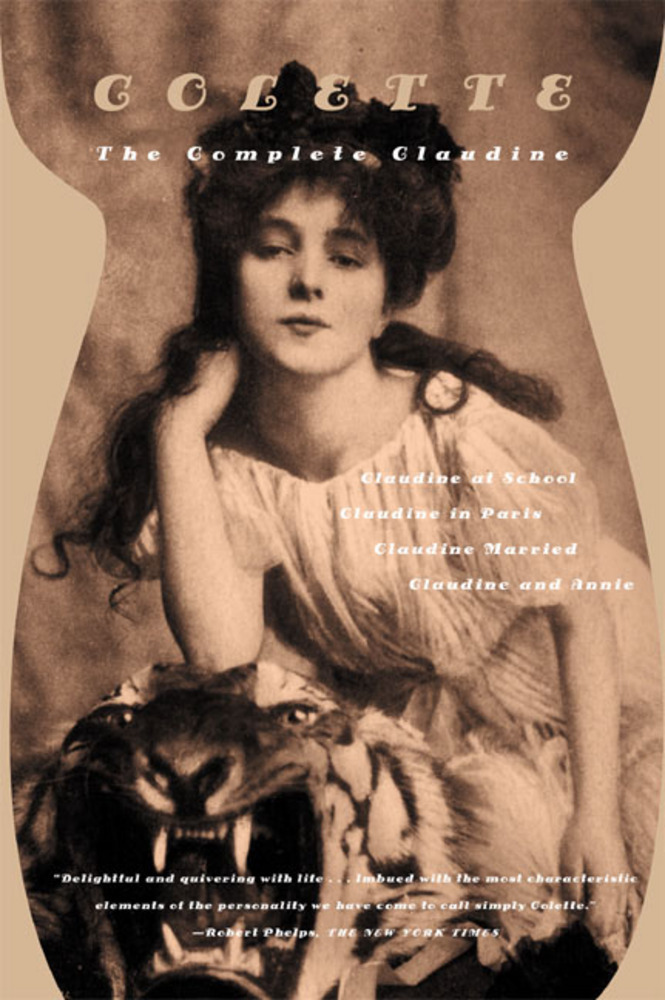I first heard about Colette a few years ago while working at a summer internship in France. My French coworkers were shocked that I, supposedly a literature student, hadn’t read her before and immediately directed me to a difficult-to-navigate website with all of her work in the original French. They disapprovingly left me in a small room with the website up and told me it was necessary to familiarize myself with her. Back in the United States, I searched the spines at my local bookstore for her name and soon learned that only a few of her dozens of novels have been translated into English. The Complete Claudine set, particularly the first installment, Claudine at School, is my favorite. The enormously popular, semiautobiographical Claudine novels were written by Colette between 1900 and 1907 when she was young and newly married. They were originally published under her husband’s name—a saga in itself that I won’t get into now.
Claudine, a schoolgirl in rural fin-de-siècle France, is—I’m just going to say it—a bad girl. She cheats, lies, wears her hair loose, and laughs loudly in class whenever she feels like it. I loved the description of the intricate cheating system Claudine and her friends use to pass their final exams, a clever scheme to which the administrators seem to purposefully turn a blind eye. Compared to now, Claudine’s relatively unregulated world highlights the strength of her character: without hovering parents and teachers, one gets the sense that Claudine is very much becoming her own woman. After Claudine at School follows her through her school days and chronicles her schoolgirl crushes and jealousies, the rest of the novels in The Complete Claudine follow Claudine into adulthood as she moves to Paris, marries, and faces the inevitable disappointments of adult life.
Colette is well known for writing openly about female sexuality, and it’s fascinating to see how her characters grow into their own sexuality (spoiler alert: it’s not always in the way we feminists today might hope for). There’s just enough “mischief” in this book to raise an eyebrow (or two!), and for this story, it’s just the perfect amount. There’s also some sexual tension between the much older superintendent and the young girls in Claudine’s class, a detail that certainly titillated Colette’s original readership but now seems a little, um . . . terrifying. It’s moments in the story like this that had me thinking, So this is one of those French novels I’ve heard so much about.
I was charmed by the everyday details of Claudine’s nineteenth-century rural life. When the town crier announces that the minister will be visiting their town, the local women have their hair done up into traditional papillote curls for the big celebration. Every day they tell themselves they will wait just one more day before liberating their long curls from the knotted tissue paper. (If you’re interested, there’s a great YouTube tutorial on how to create these exact curls.)
However, by far the best thing about this book is Claudine herself. She has an intense vitality and immediacy of character that draw you into her world, and you’ll go willingly. Her antics and audacity make her one of my favorite characters in literature.
Ingrid Goatson is a bookseller at Boulder Book Store in Boulder, Colorado. A lifelong Francophile, she hopes to one day be an editor and live in France.







